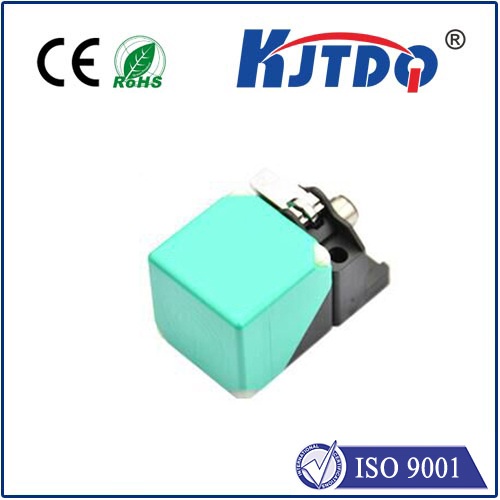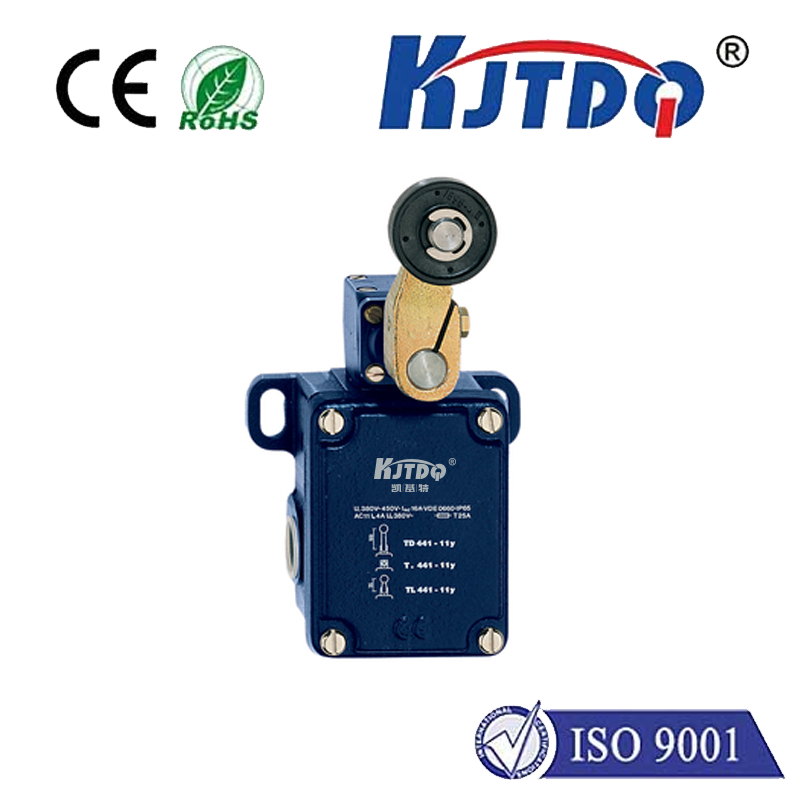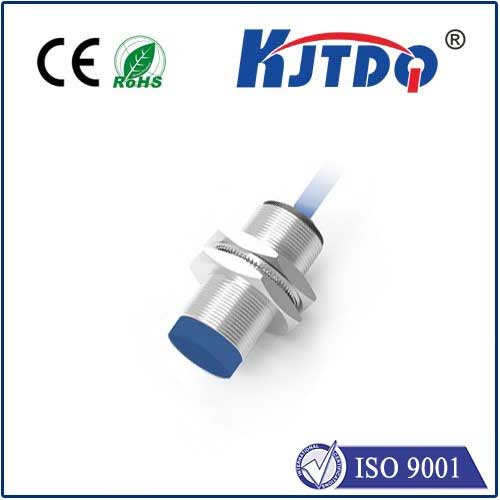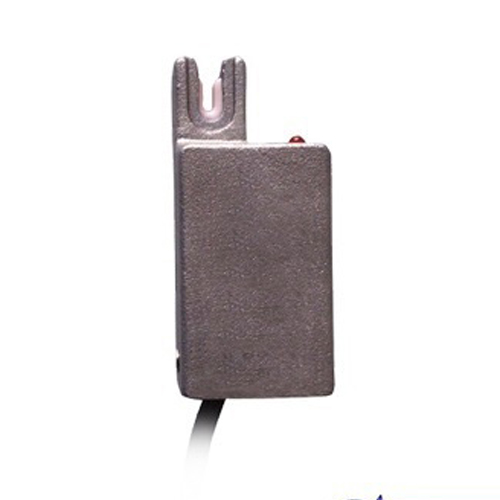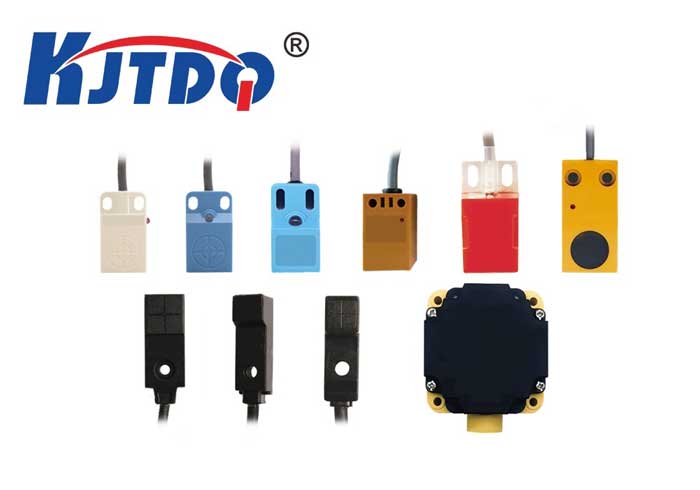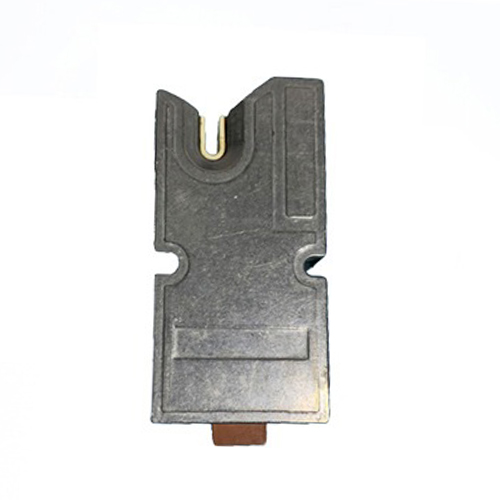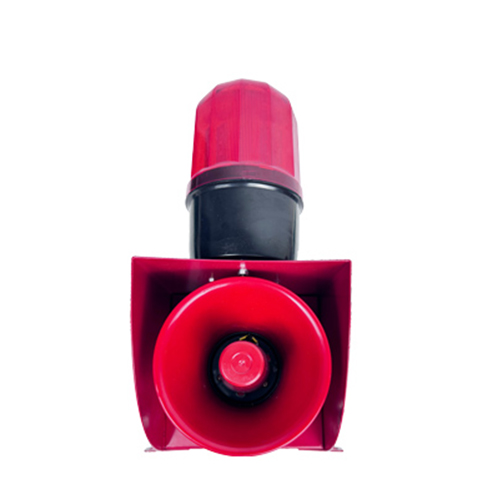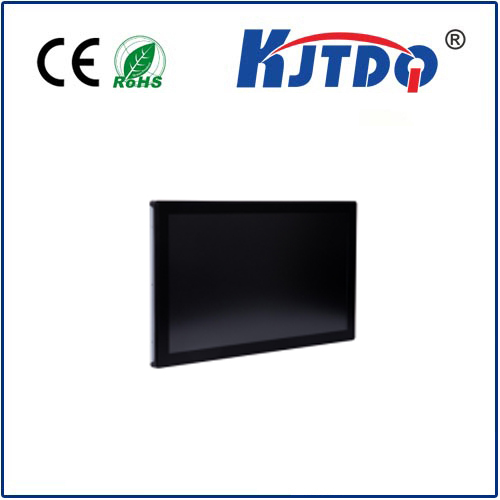Фотоэлектрический датчик 120vac
- time:2025-07-23 13:10:01
- Нажмите:0
120VAC Photoelectric Sensors: Streamlined Power and Robust Sensing for Industrial Demands
Imagine a bustling factory floor. Cartons zip down conveyor belts, robotic arms execute precise movements, and packaging lines operate at lightning speed. Ensuring this complex dance runs smoothly, preventing jams, verifying part presence, and counting products accurately, relies heavily on an unsung hero: the photoelectric sensor. And for countless facilities across North America and other regions, the 120VAC photoelectric sensor stands as the workhorse, offering a compelling blend of direct power integration and reliable performance.
Understanding the Core: What is a 120VAC Photoelectric Sensor?
At its heart, a photoelectric sensor is a device that uses light – typically infrared, visible red, or laser – to detect the presence, absence, or distance of an object without physical contact. The “120VAC” prefix specifically denotes the operating voltage: 120 Volts Alternating Current. This is the standard line voltage readily available from wall outlets in residential and many industrial settings across North America.
Unlike their DC-powered counterparts (like 12-24VDC sensors) that require a separate power supply or connection to a DC control system, a 120VAC photoelectric sensor plugs directly into standard AC mains power. This fundamental difference shapes their application and appeal.
The Distinct Advantages: Why Choose 120VAC?

The primary benefit of 120VAC photoelectric sensors lies in simplified installation and integration:
- Direct Power Connection: Eliminates the need for a separate DC power supply unit (PSU). Installers can connect the sensor directly to existing 120VAC circuits, significantly reducing wiring complexity, component count, and overall installation time and cost.
- Widespread Power Availability: 120VAC is ubiquitous in many industrial and commercial buildings in North America. This makes retrofitting existing machinery or adding new sensing points exceptionally straightforward, leveraging the already present power infrastructure.
- Robust Performance: Designed to operate on standard AC power, these sensors are inherently built to handle the typical electrical noise and fluctuations found in industrial environments. They often feature sturdy housings and robust electrical designs suitable for demanding applications.
- Compatibility with Older/Simple Controls: In setups without sophisticated PLCs or DC control systems (e.g., directly controlling motors or relays), a 120VAC photoelectric sensor can often interface directly due to its native AC output signal (when equipped with relay or triac outputs).
Key Applications: Where 120VAC Sensors Shine
The simplicity and robustness of 120VAC photoelectric sensors make them ideal for a vast range of industrial tasks:
- Conveyor Line Control: Detecting product presence/absence to start/stop conveyors, trigger diverters, or count items. Direct AC power simplifies integration with conveyor motors often running on AC.
- Packaging Machinery: Verifying carton flaps are closed, ensuring product is in place before sealing, or detecting jams.
- Перевозка материалов: Monitoring bin levels (presence/absence sensing), detecting oversized packages, or confirming pallet positioning.
- Security & Access: Basic presence detection for doors or gates (though often lower voltage DC sensors are used in modern security systems).
- Retrofitting & Upgrades: Adding sensing capabilities to older machinery originally designed with AC controls, where adding DC power supplies is impractical or costly.
- Simple Automation Tasks: Any application requiring reliable object detection where AC power is readily available and complex control systems aren’t necessary.
Critical Considerations When Selecting a 120VAC Photoelectric Sensor
While powerful, choosing the right 120VAC photoelectric sensor requires careful thought:
- Sensing Mode:
- Through-Beam: Utilizes a separate transmitter and receiver. Offers the longest sensing ranges and highest reliability, immune to object color or surface finish. Ideal for precise detection over distances.
- Retroreflective: Uses a single housing with transmitter and receiver, plus a reflector. Good for medium ranges. Susceptible to shiny objects reflecting light directly back.
- Diffuse (Proximity): Single housing where the sensor detects light reflected directly off the target object. Most compact and easiest to install, but range is shortest and performance varies significantly with target color, finish, and angle.
- Output Type: Crucial for compatibility.
- Relay Output: Electromechanical contacts capable of switching higher currents and voltages (both AC and DC loads). Ideal for directly controlling motors, solenoids, or indicators running on AC or DC.
- Triac (SSR) Output: Solid-state switching optimized for AC loads. Generally faster switching and longer life than relays, but typically handles slightly lower currents.
- NPN/PNP Transistor Output: Less common directly on pure AC sensors, but some hybrid models exist. Primarily used for signaling PLCs (which usually require DC inputs).
- Sensing Range: Match the sensor’s specified range to your application’s distance requirements.
- Environmental Factors: Consider the operating temperature range, resistance to dust, water (IP rating - e.g., IP67 is common), chemicals, and potential physical impacts. Select a housing material (metal, plastic) and ingress protection level suited to the environment.
- Target Characteristics: For diffuse sensors, the color, reflectivity, size, and material of the target object significantly impact reliability. Through-beam is generally least affected.
Optimizing Your System with 120VAC Photoelectric Sensors
Integrating 120VAC photoelectric sensors effectively involves more than just plugging them in:
- Alignment: Especially critical for through-beam and retroreflective types. Precise alignment ensures maximum signal strength and reliability. Use alignment tools if provided.
- Electrical Protection: While robust, incorporating basic circuit protection (fuses or circuit breakers) on the AC line supplying the sensors is standard industrial practice.
- Output Load Matching: Ensure the sensor’s output (relay or triac) is rated for the voltage and current (inrush and holding) of the load you are switching (e.g., motor, solenoid coil, indicator lamp). Exceeding ratings leads to premature failure.
- Maintenance: Periodically clean lenses and reflectors to prevent dust or grime buildup from attenuating the light signal. Check mounting security.
Conclusion: A Staple of Practical Industrial Sensing
The 120VAC photoelectric sensor remains a cornerstone technology in industrial automation, particularly where simplicity, direct power access, and robust operation are paramount. Its direct connection to ubiquitous AC power significantly reduces installation complexity and cost for countless applications. By carefully considering the sensing mode, output type, environmental demands, and target characteristics, engineers and maintenance personnel can leverage these highly practical sensors to enhance efficiency, prevent downtime, and ensure reliable operation on conveyor systems, packaging lines, and throughout the material handling landscape. They embody the principle of effective sensing without unnecessary complication.








